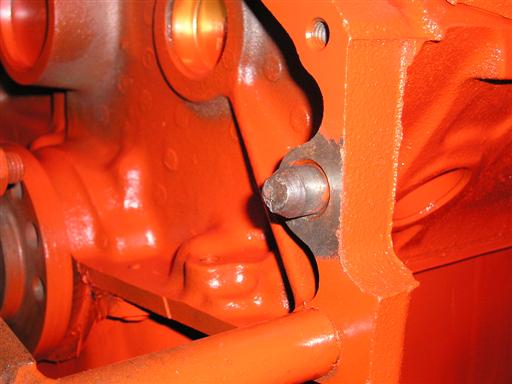 |
| C R G | CRG Reports | Exterior | Engine | 1967 Model ID |
| Numbers Decode | General Info | Interior | Transmission | 1968 Model ID |
| Drivetrain Decode | Options | Underhood | Chassis | 1969 Model ID |
CAMARO Manual Transmission Bellhousing Alignment
ARE YOU ALIGNED?
|
Reviewed by the CRG Last Edit: 11-Feb-2007 Previous Edit: 08-Feb-2007 Original Release: 08-Feb-2007 |
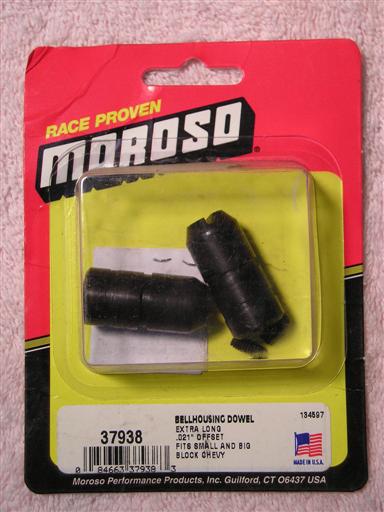
|
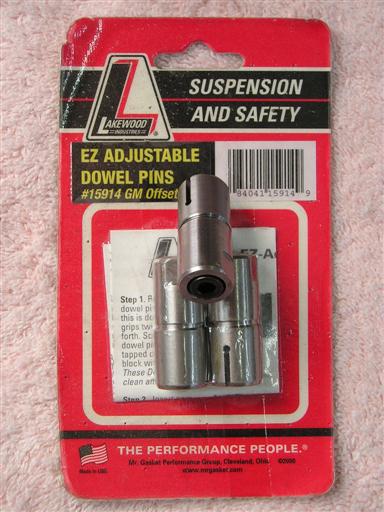
|
| Moroso Dowel Pin Set | Lakewood Dowel Pin Set |
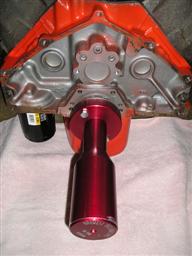 |
 |
 |
| View 1 - Pin Mounted to Crankshaft | View 2 - Down crankshaft centerline | View 3 - View from above |
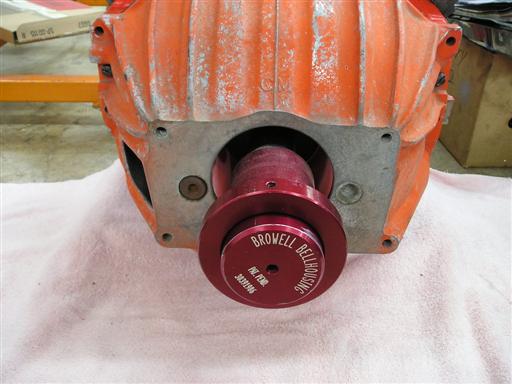 |
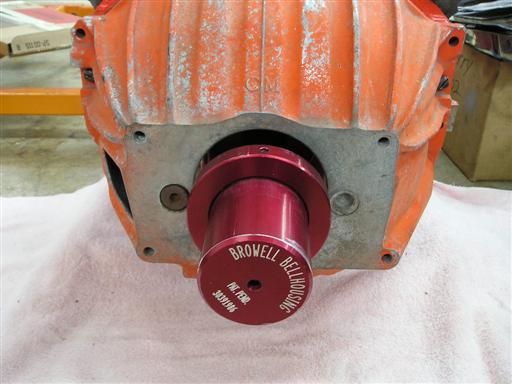 |
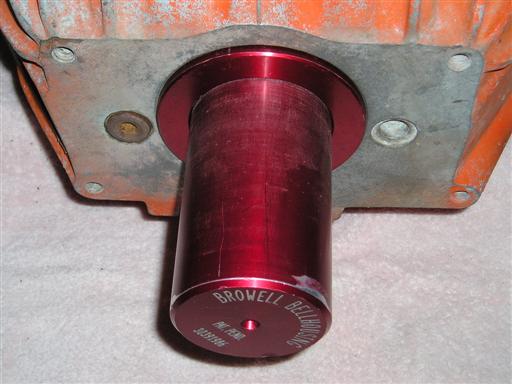 |
| Starting point on pin | Mid-way down pin | Ring fitting into bellhousing hole |
[1] The Browell bellhousing tool is available from Browell Bellhousing upon inquiry to anyone in the general public. All major applications are available: Chevrolet, Pontiac, Ford, etc. Cost at the time of this writing is about $125.
|
|